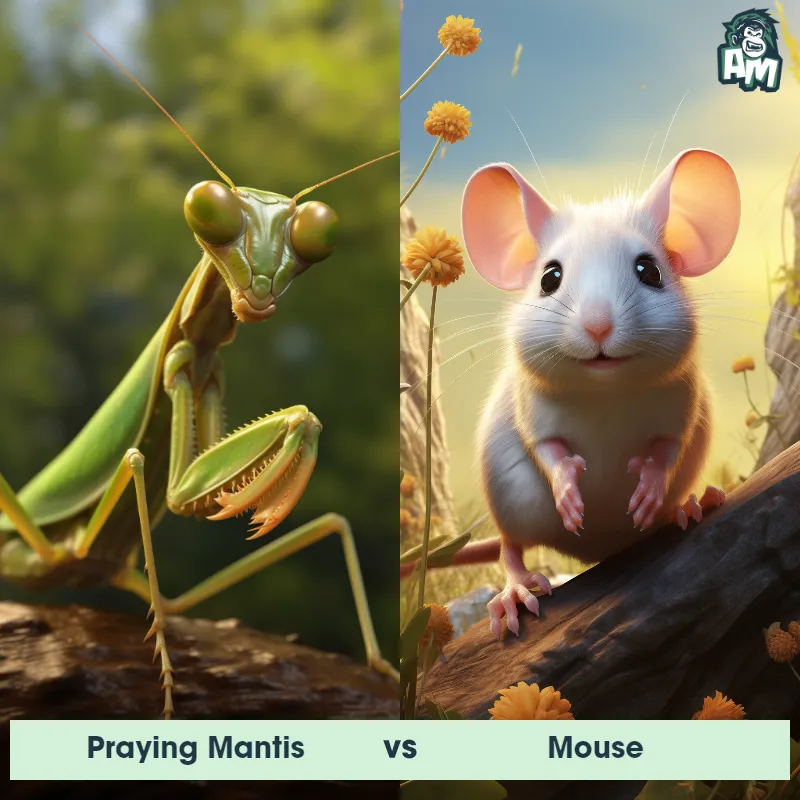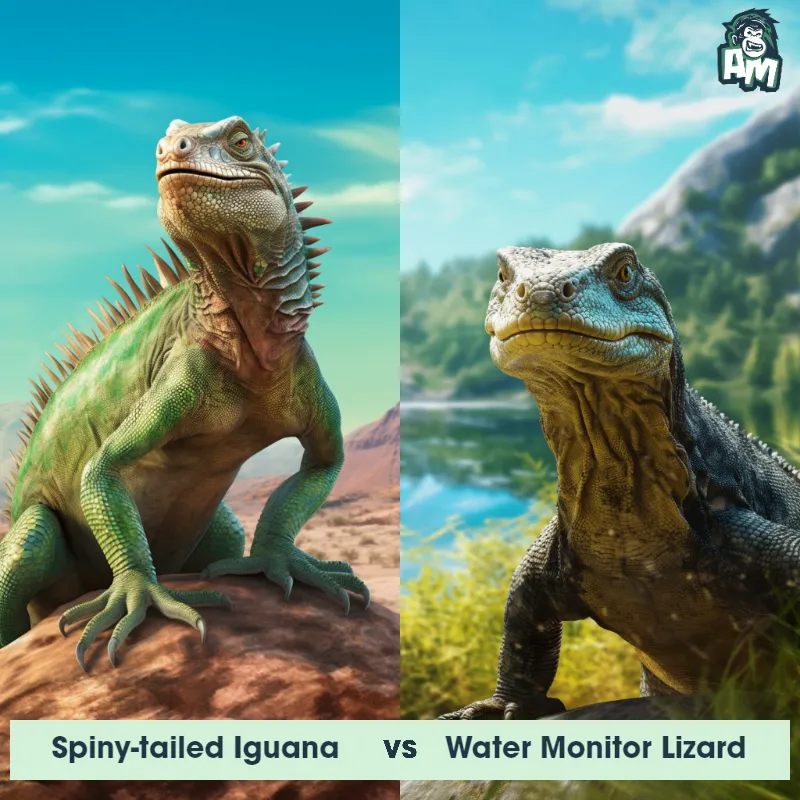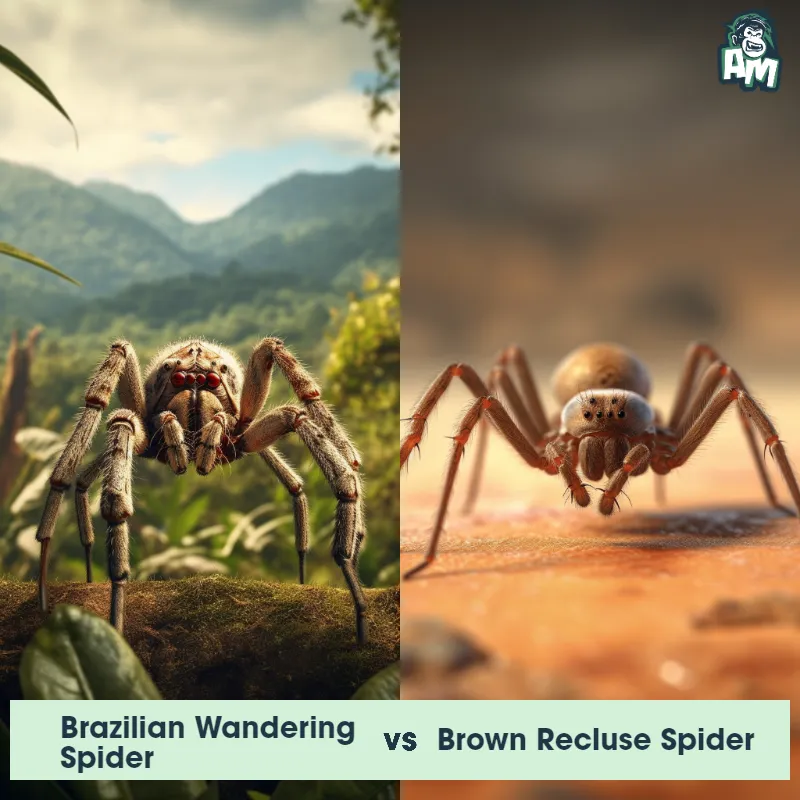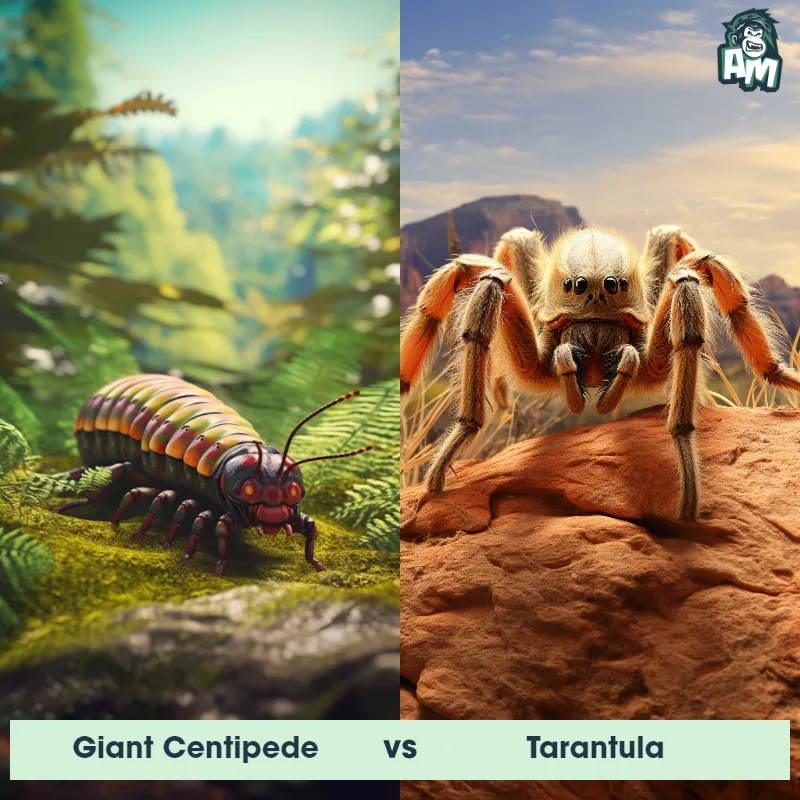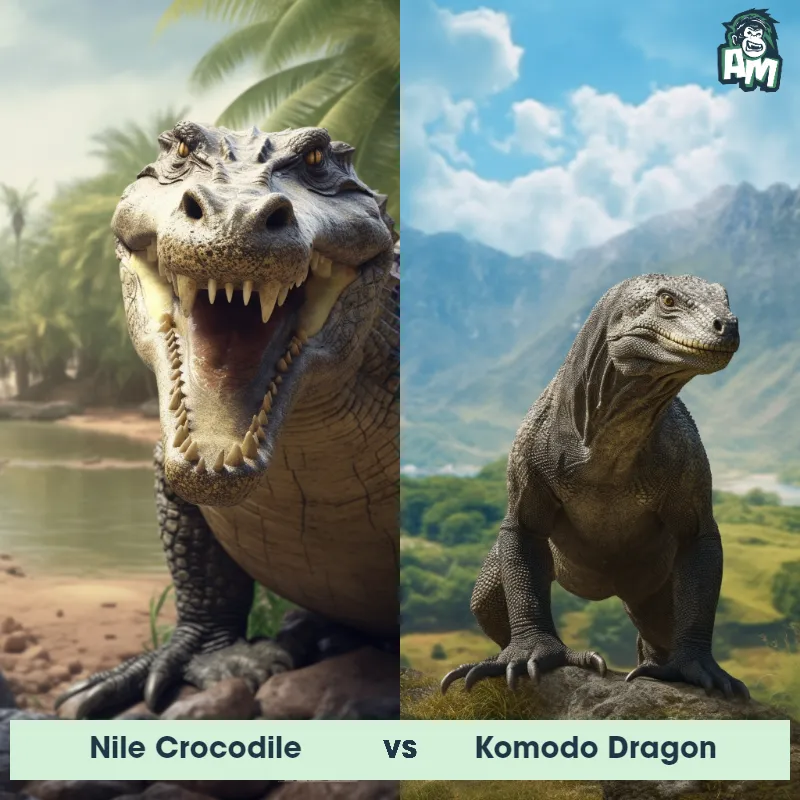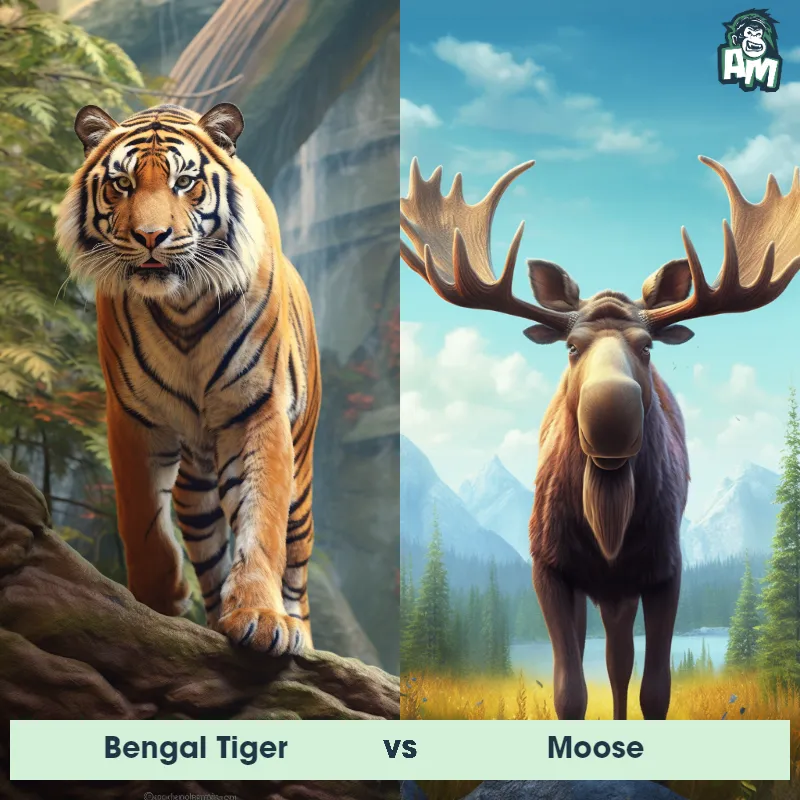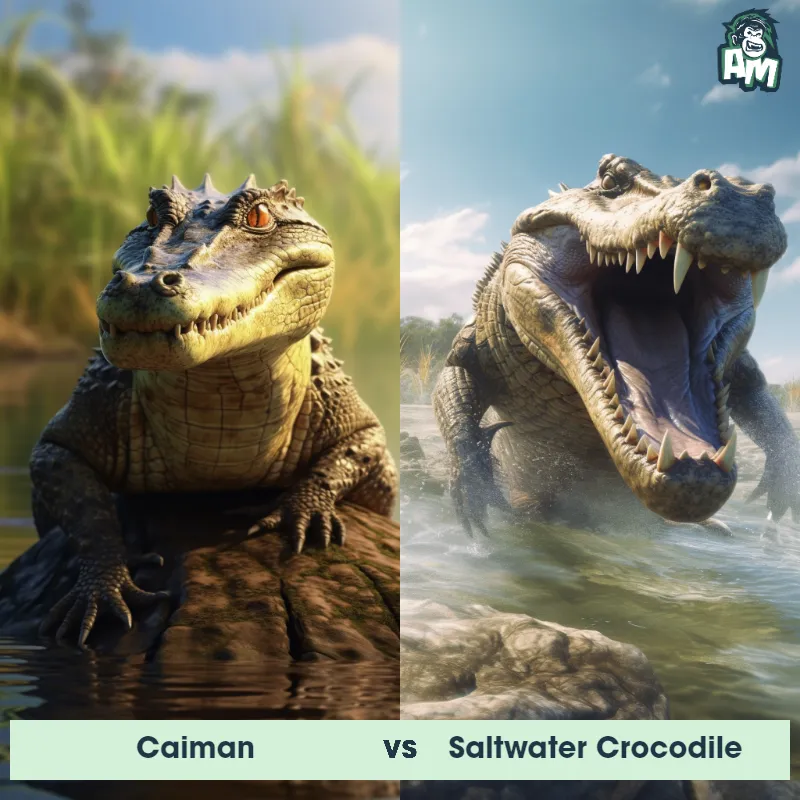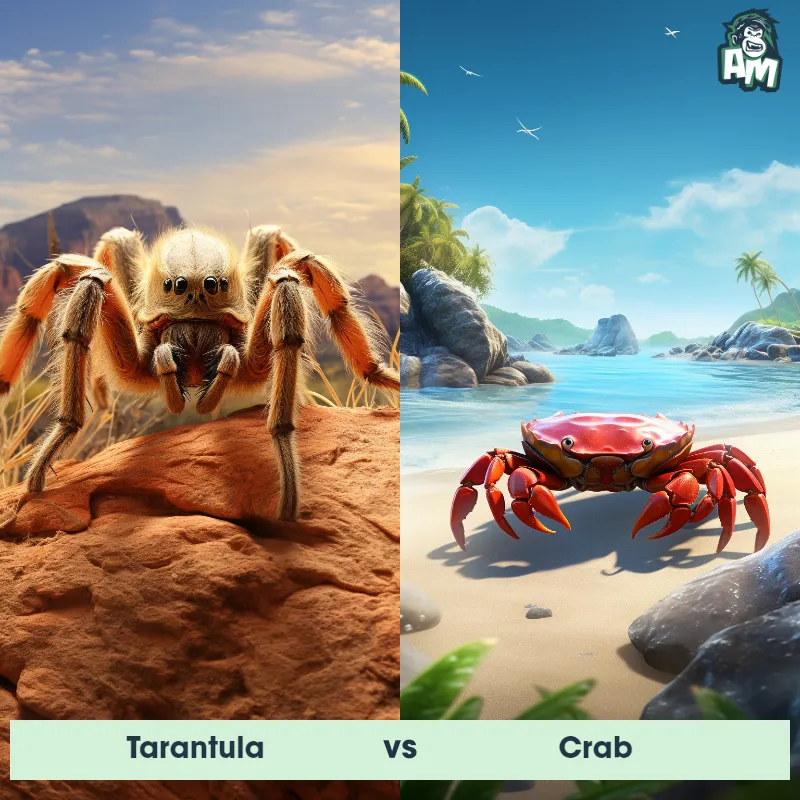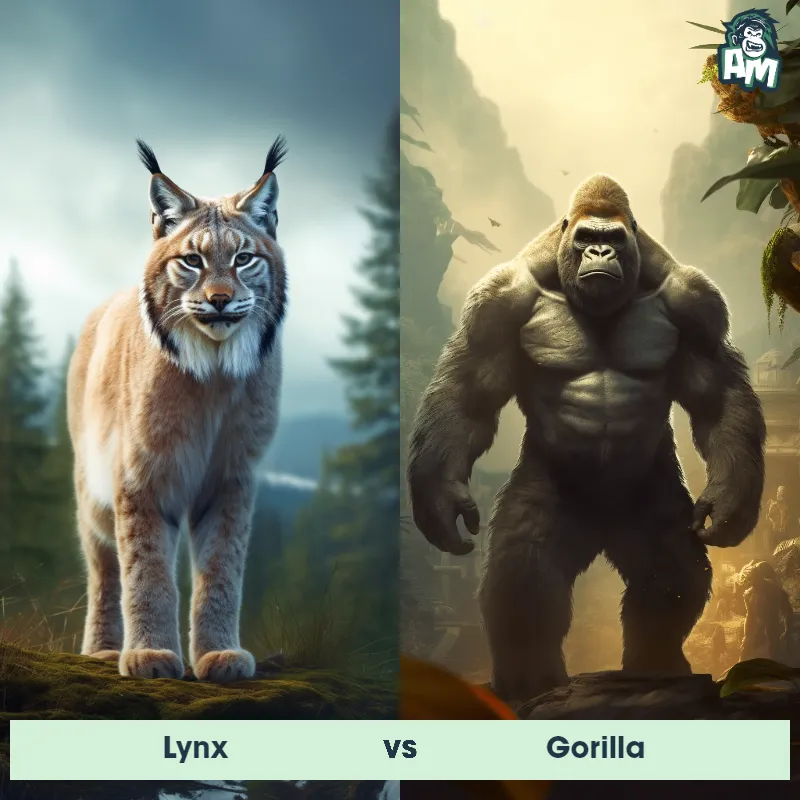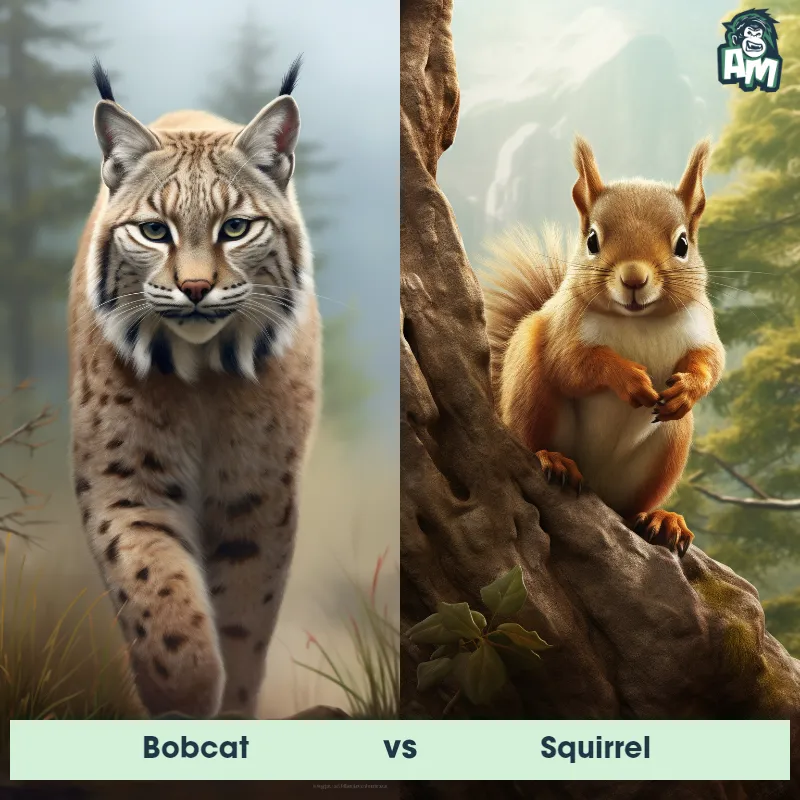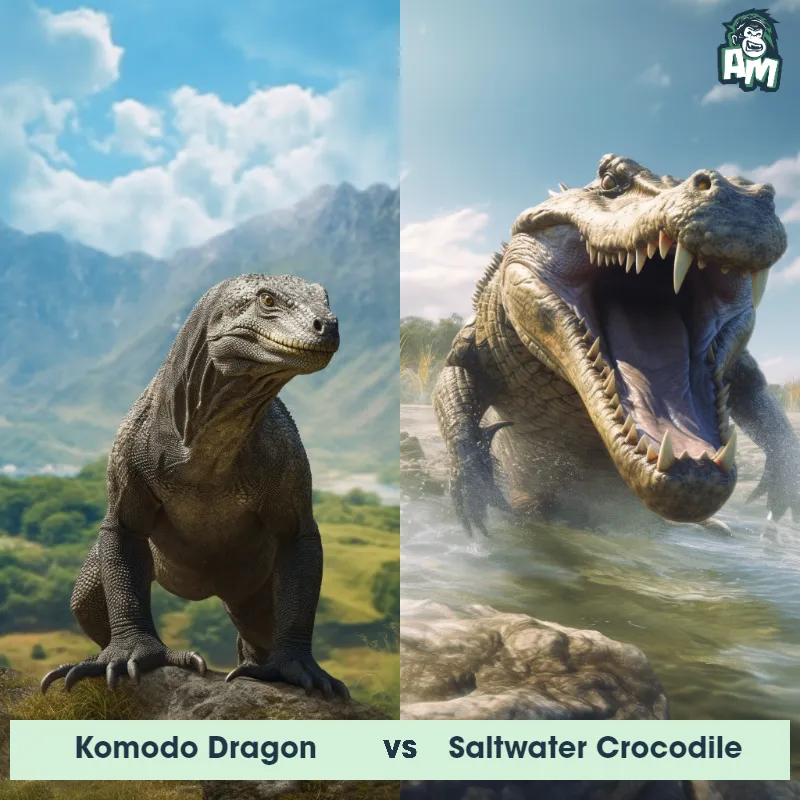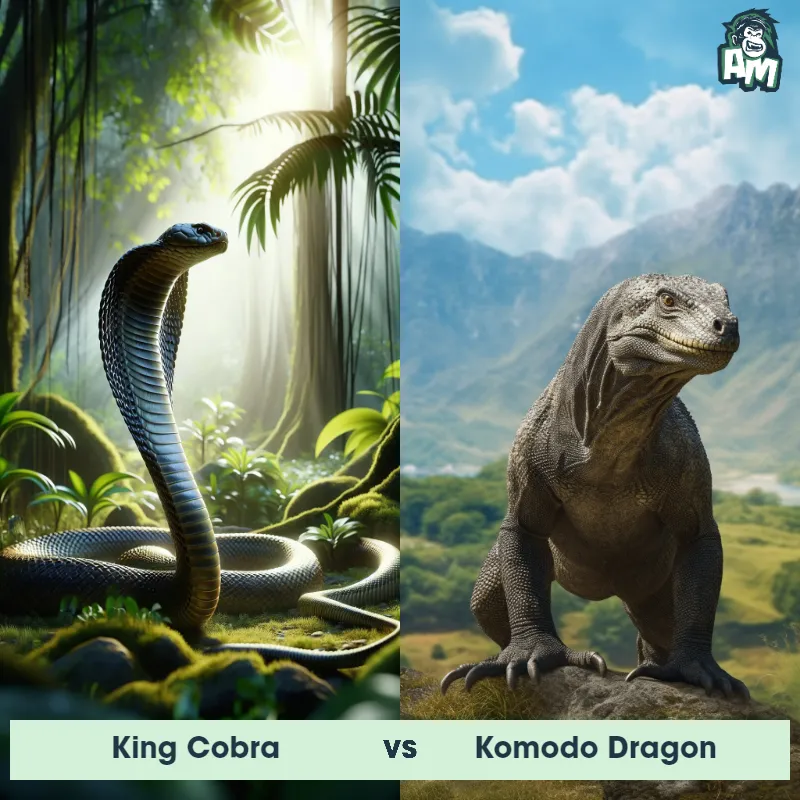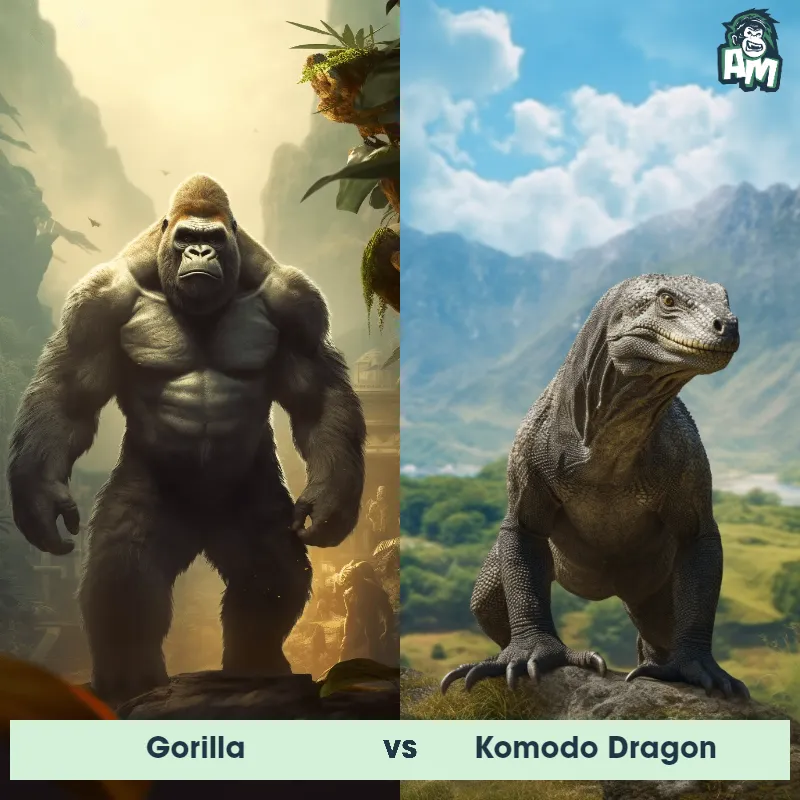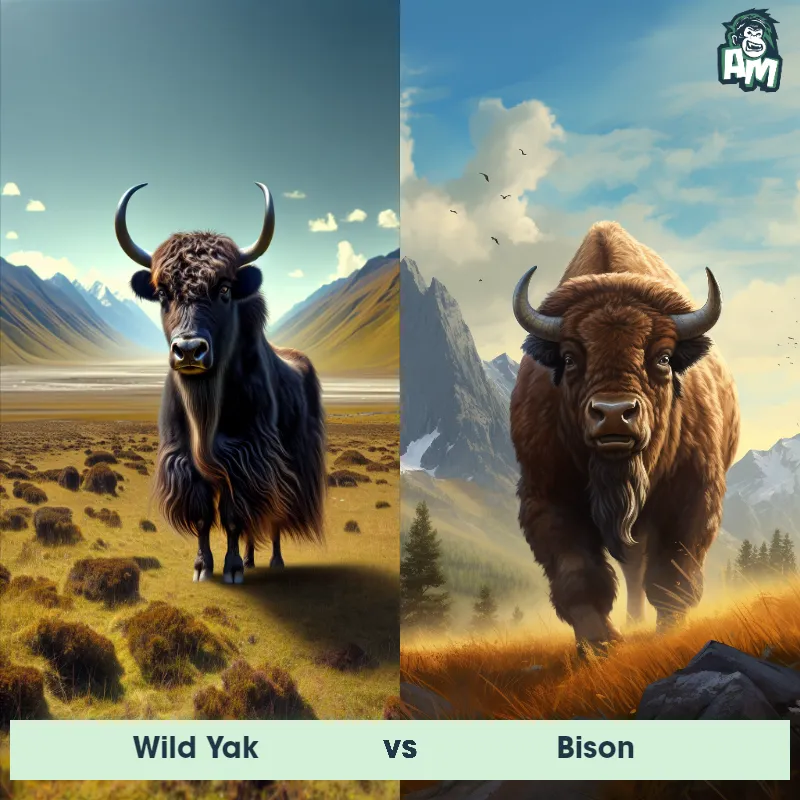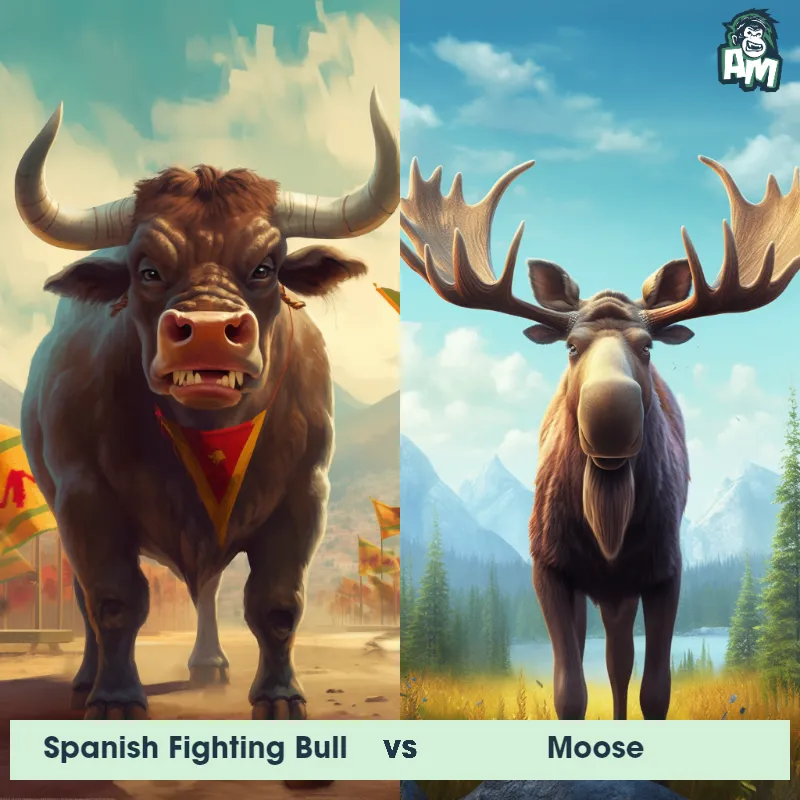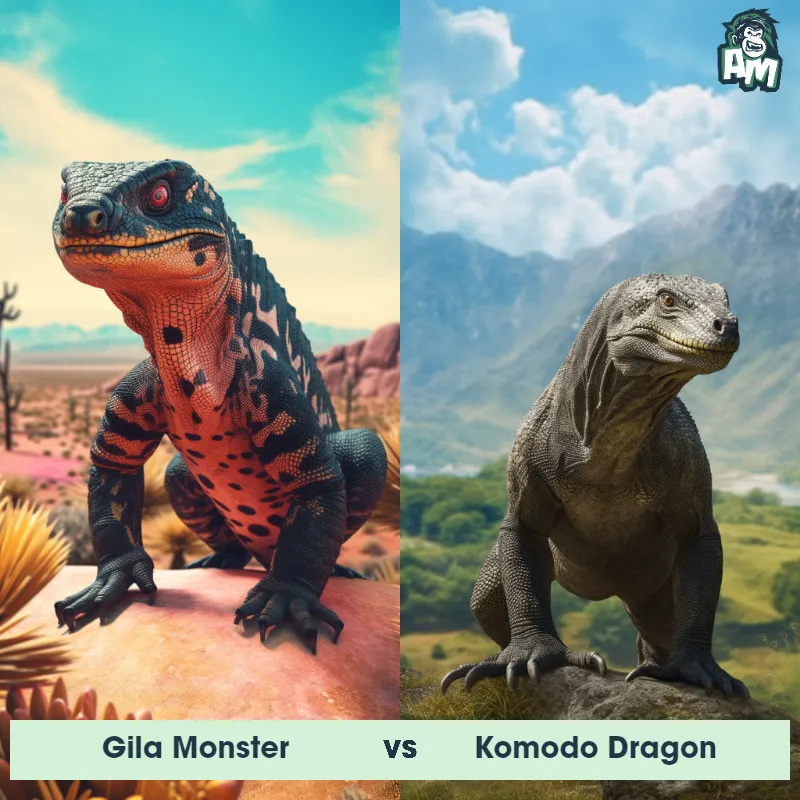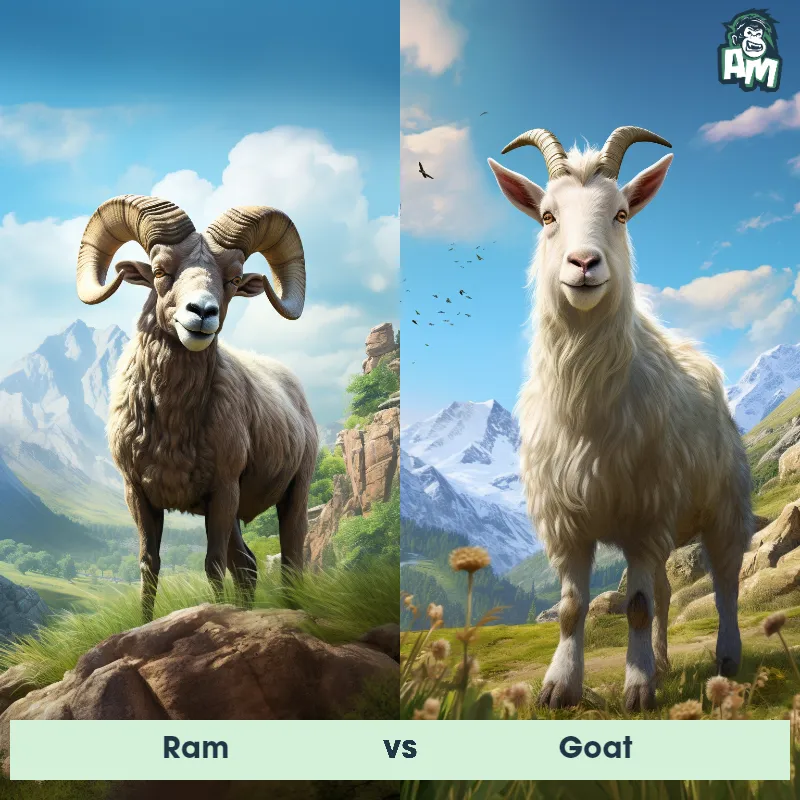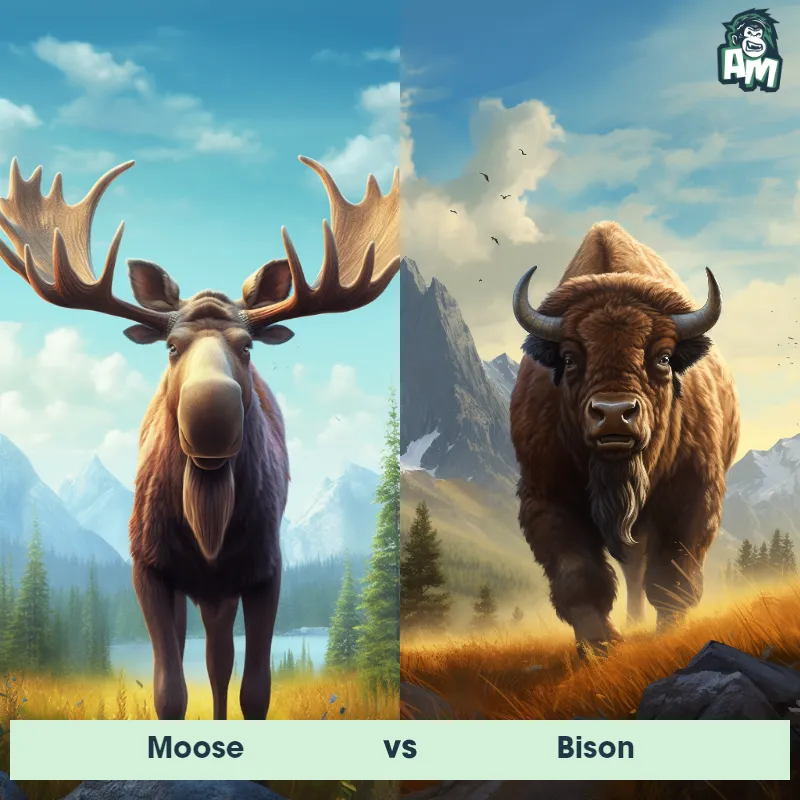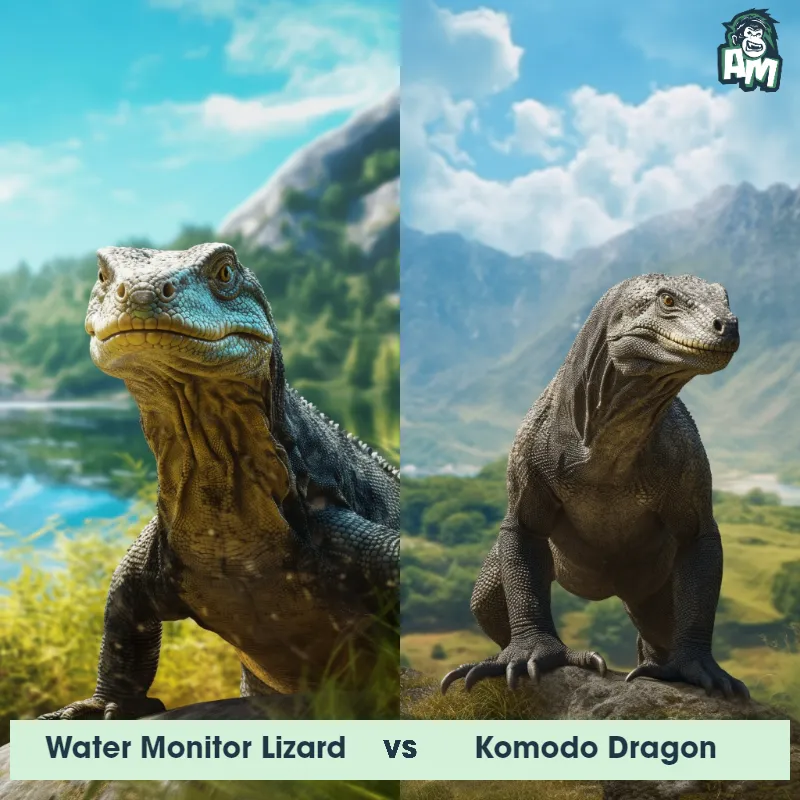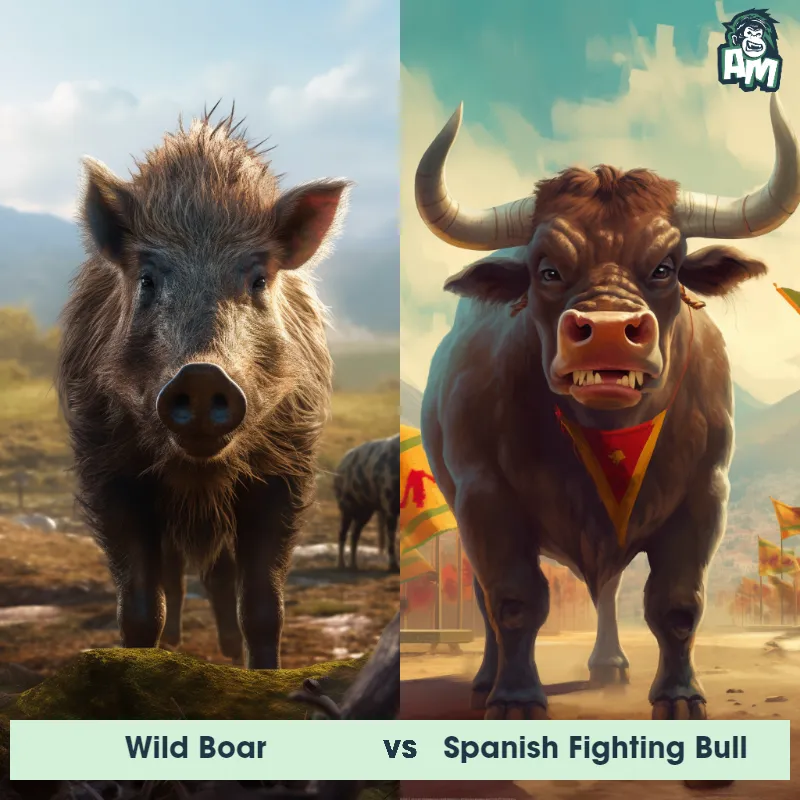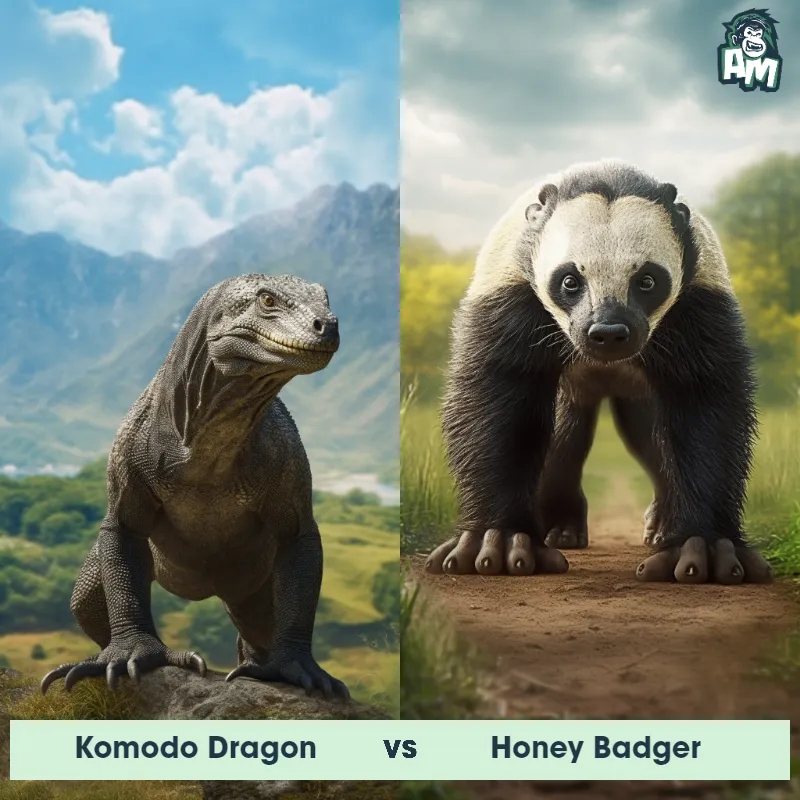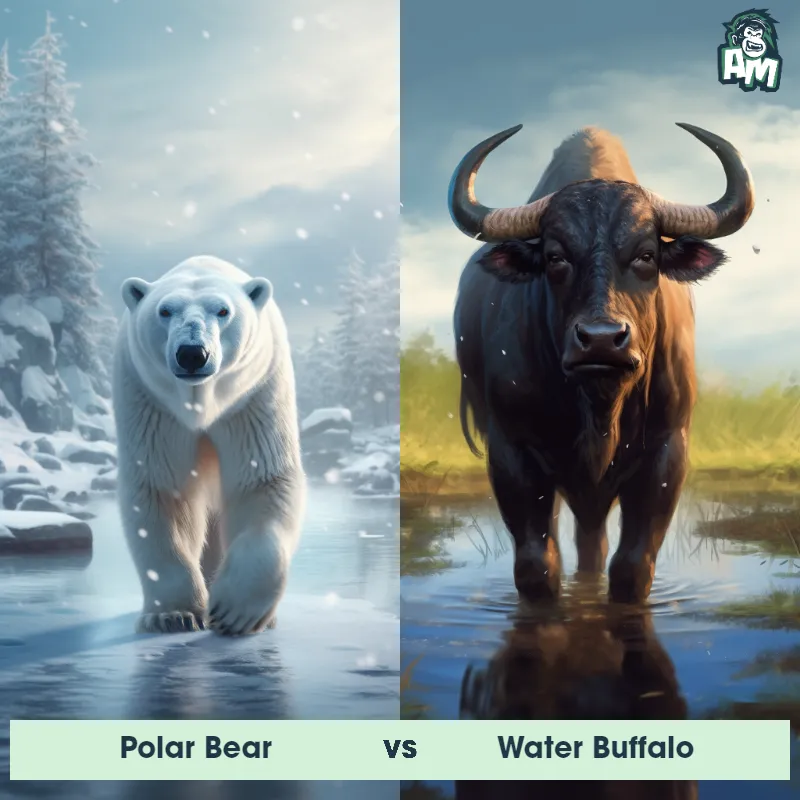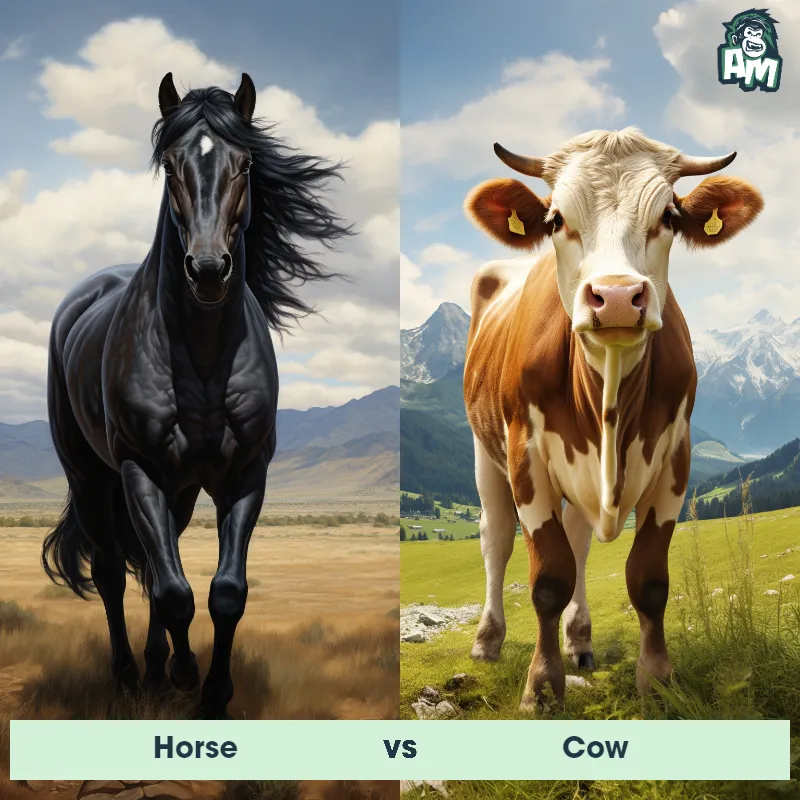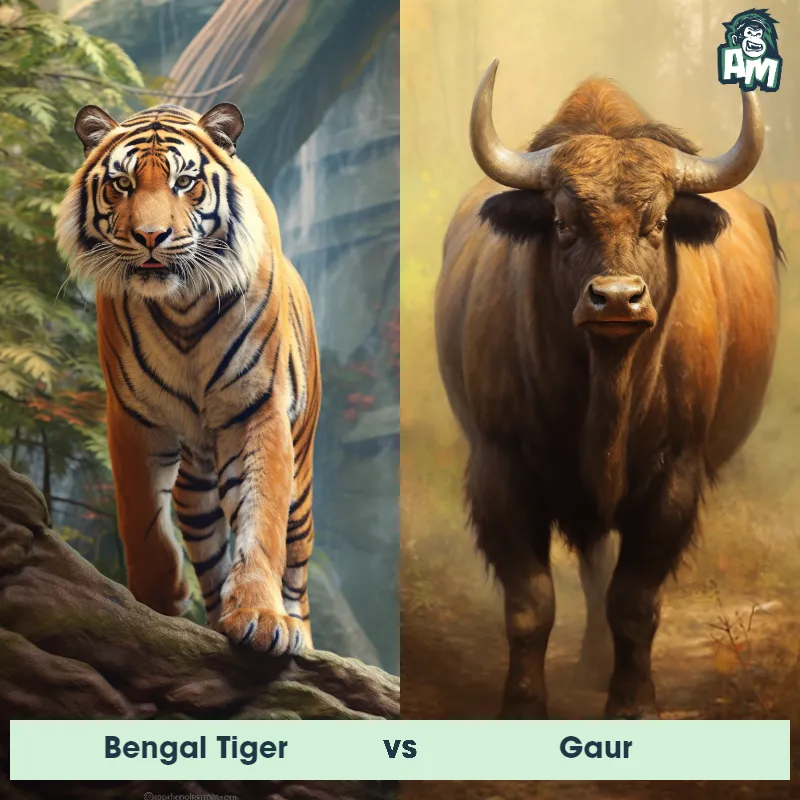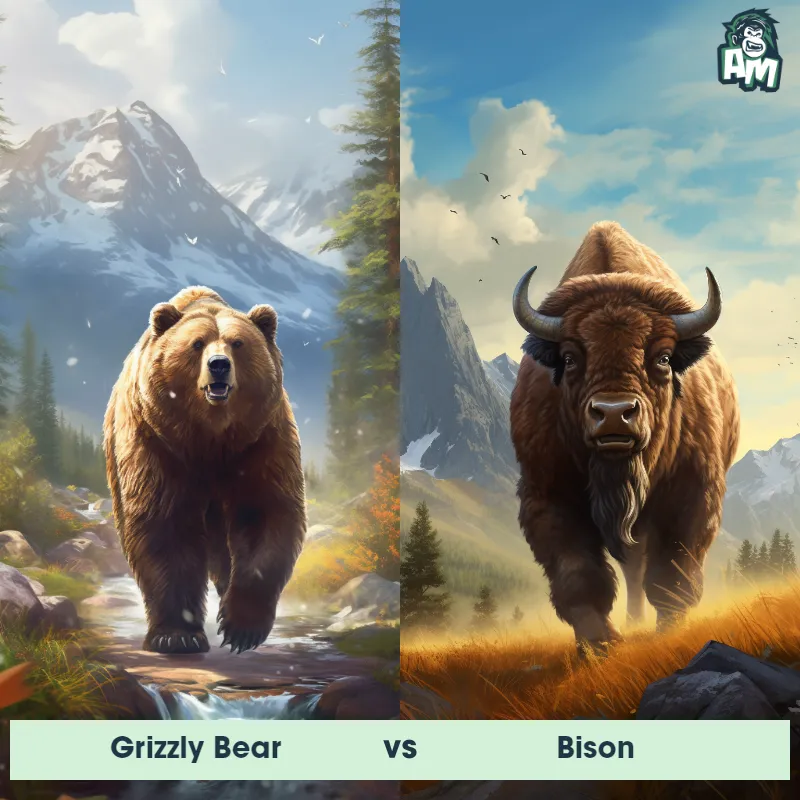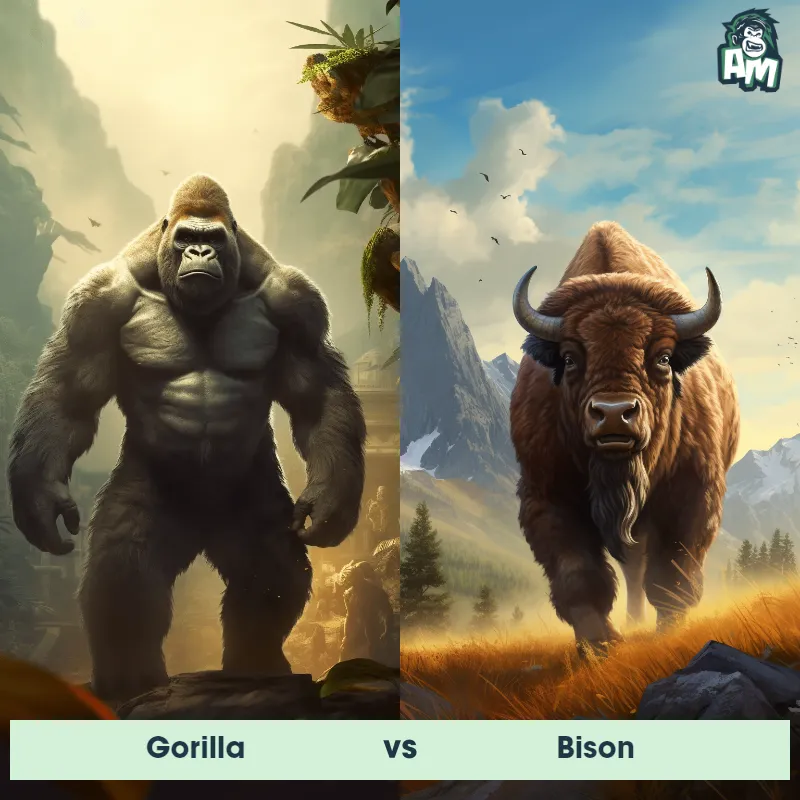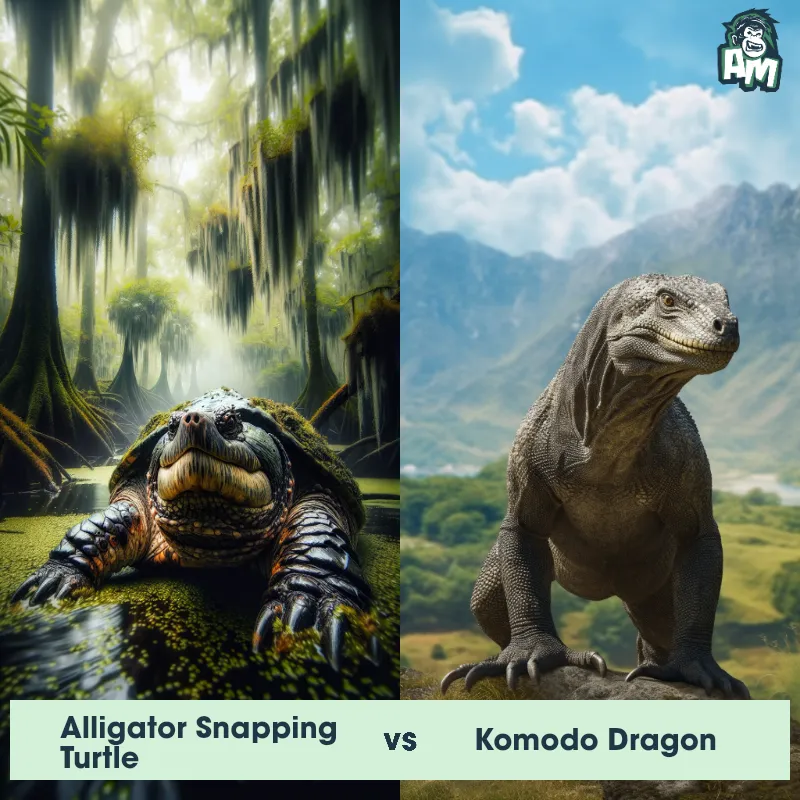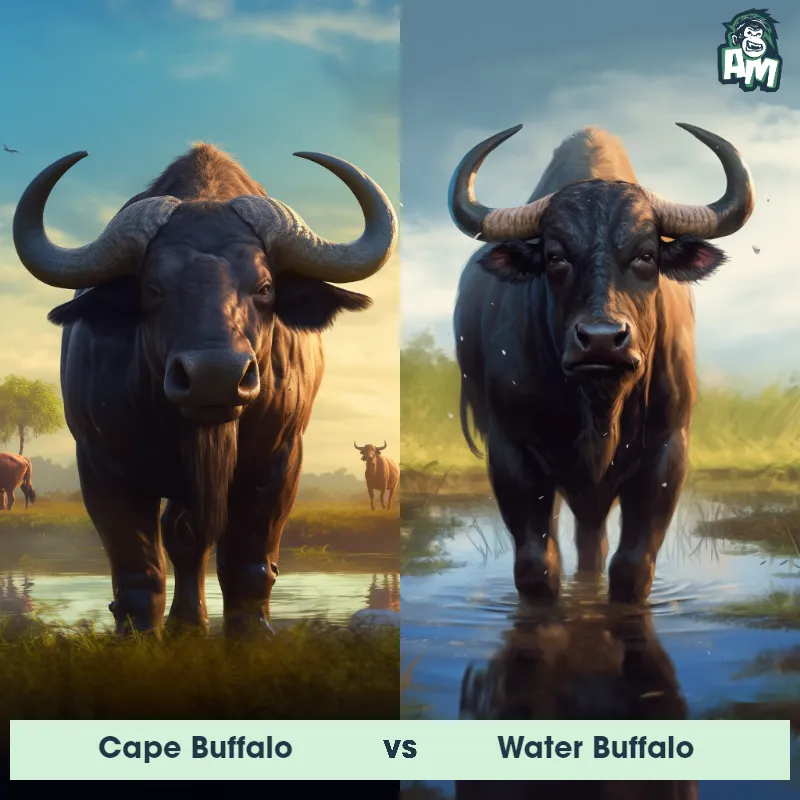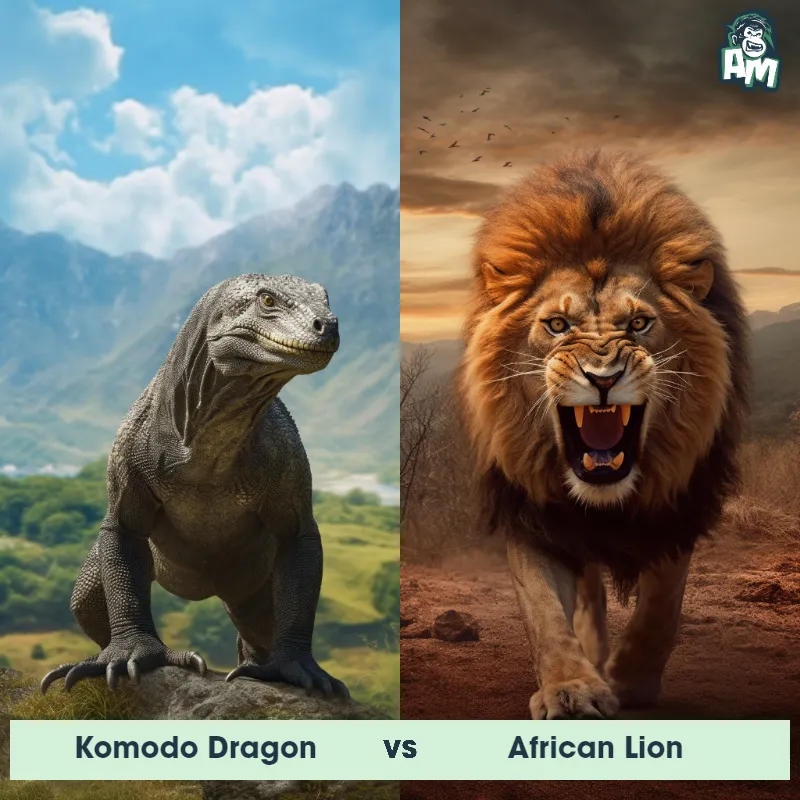Komodo Dragon vs Water BuffaloSee Who Wins

Gather around for an unprecedented face-off between the king of Indonesian islands and the titan of the Asian grasslands! Representing the reptile realm is the venomous Komodo Dragon, while holding the flag for the mammalian might is the massive Water Buffalo. This is a contest of brute strength against cunning stealth!
Contender 1: Komodo Dragon
The Komodo Dragon, also known as the Komodo monitor, is a large species of lizard that can grow up to 10 feet long and weigh up to 300 pounds. They have rough, scaly skin, sharp claws, and a long, powerful tail. Their teeth are serrated and can deliver a venomous bite that can cause paralysis and death in their prey. They are native to the Indonesian islands of Komodo, Rinca, Flores, Gili Motang, and Padar.
Fun Fact: Komodo Dragons have a keen sense of smell and can detect carrion from up to 5 miles away.
Contender 2: Water Buffalo
The Water Buffalo, also known as the Asian Buffalo, is a large domesticated bovine that is commonly used for farming and transportation in many parts of Asia. They have a stocky build, with large curved horns and a thick, shaggy coat that ranges in color from black to gray. Water Buffalos are known for their strength and endurance, and can weigh up to 2,000 pounds.
Fun Fact: Water Buffalos are excellent swimmers and are often found in rivers and swamps, where they use their powerful legs to navigate through the water and graze on aquatic plants.
Matchup Stats
| Komodo Dragon | Water Buffalo | |
|---|---|---|
| Size | Up to 10 feet (3 meters) long | 5-6 feet (1.5-1.8 meters) at the shoulder |
| Weight | Up to 300 pounds (136 kilograms) | Up to 2,000 pounds (900 kilograms) |
| Speed | Speed: 12 mph (19.31 km/hr) | Speed: 30 mph (48.28 km/hr) |
| Key Strength | Powerful jaws and sharp teeth | Powerful horns and strong body |
| Biggest Weakness | Slow movement and lack of agility | Slow movement and limited agility |
Current Votes
Komodo Dragon vs Water Buffalo
See Who Wins
Matchup Videos
All of our videos contain verified footage of natural encounters between the Komodo Dragon and the Water Buffalo. These are true sightings and observations filmed by tourists, scientists, and wildlife documentarians.View More Matches
Looking For More?
Similar Matches
Scientific Stats
| Komodo Dragon | Water Buffalo | |
|---|---|---|
| Scientific Name | Varanus komodoensis | Bubalus bubalis |
| Family | Varanidae | Bovidae |
| Habitat | Terrestrial | Wetlands, grasslands, and forests |
| Geography | Indonesian islands of Komodo, Rinca, Flores, Gili Motang, and Padar | Asia, Europe, Australia, and North America |
| Diet | Carnivorous, primarily eats deer, pigs, and water buffalo | Herbivorous, primarily grasses and aquatic plants |
| Lifespan | 20 years - 30 years | 10 years - 25 years |
Key Differences between Komodo Dragon and Water Buffalo
- Size: The Komodo Dragon is significantly smaller in size compared to the Water Buffalo, with an average length of 8 to 10 feet and a weight of around 150 to 200 pounds, while the Water Buffalo can reach lengths of up to 10 to 12 feet and weigh anywhere from 1,500 to 2,600 pounds.
- Facial features: The Komodo Dragon has a distinct, elongated head with a rounded snout and a strong jaw equipped with sharp teeth. In contrast, the Water Buffalo has a broader, more rounded head with a wide snout and a set of large, curved horns on top.
- Horns: While both species possess horns, the Water Buffalo has large, curved horns that grow outward and upward from the top of its head, while the Komodo Dragon has smaller, less prominent horns that are located on the sides of its head.
- Body shape: The Komodo Dragon has a long, slender body with a relatively short tail, while the Water Buffalo has a robust, bulky body with a long, thick tail.
- Skin texture: The Komodo Dragon has rough, scaly skin that is covered in small, bumpy scales, giving it a rough appearance. In contrast, the Water Buffalo has smoother skin with fewer prominent scales.
- Coloration: Komodo Dragons typically have a range of colors including gray, brown, and green, which allows them to blend with their surroundings. Water Buffalos, on the other hand, have a uniform dark brown or black coloration.



